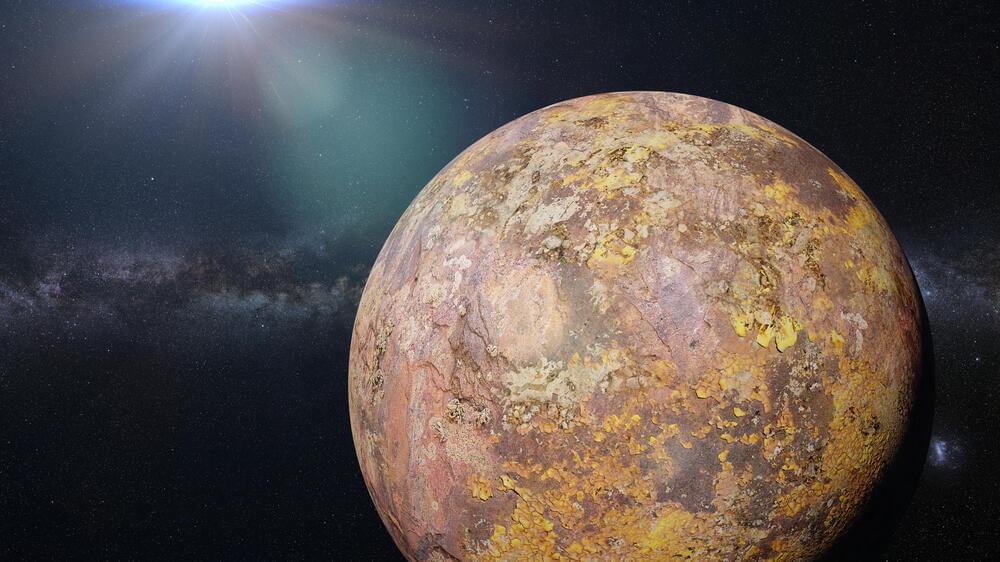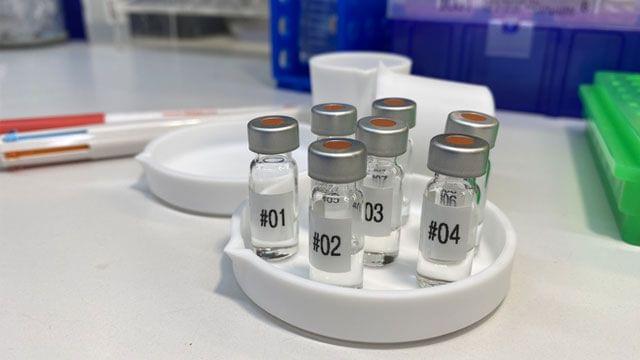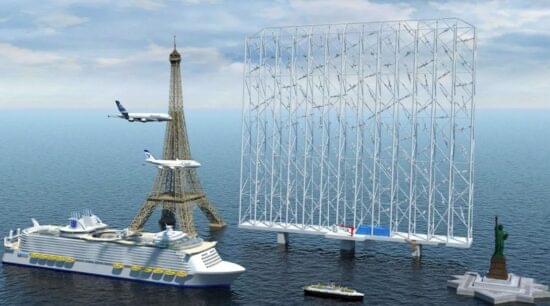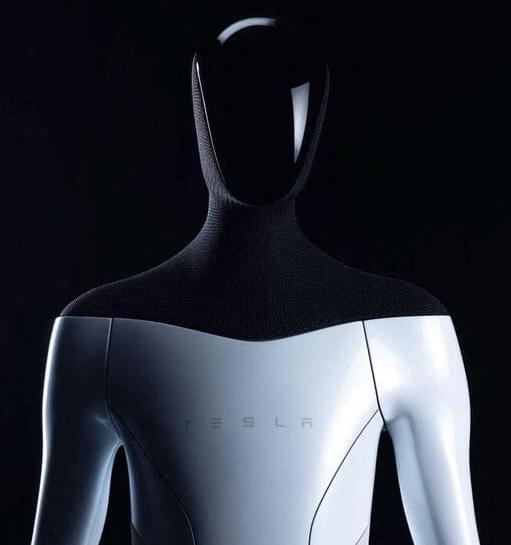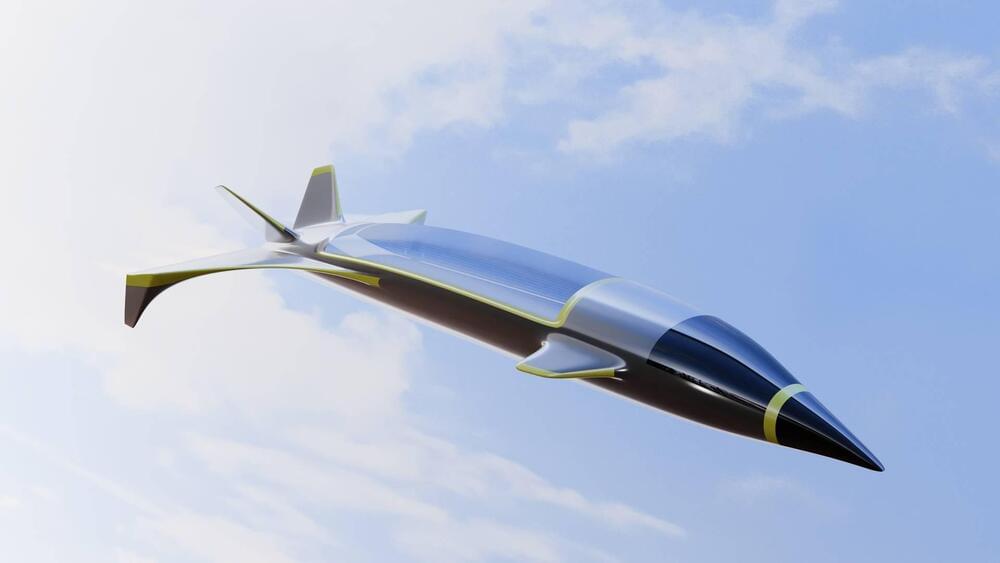Maximizing Benefits Of The Life Sciences & Health Tech For All Americans — Dr. Andrew Hebbeler, Ph.D., Principal Assistant Director for Health and Life Sciences, Office of Science and Technology Policy, The White House.
Dr. Andrew Hebbeler, Ph.D., is Principal Assistant Director for Health and Life Sciences, Office of Science and Technology Policy at The White House (https://www.whitehouse.gov/ostp/ostps-teams/health-and-life-sciences/), and has extensive foreign affairs, national security, global health, and science and technology (S&T) policy experience.
Most recently, Dr. Hebbeler was Senior Director and Lead Scientist for Global Biological Policy and Programs at the non-profit Nuclear Threat Initiative and previous to that served in leadership positions at the State Department’s offices of Science and Technology Cooperation (OES/STC), the Science and Technology Adviser to the Secretary of State (E/STAS), and Cooperative Threat Reduction (ISN/CTR).
From 2013–2015, Dr. Hebbeler was Assistant Director for Biological and Chemical Threats at the Obama White House Office of Science and Technology Policy where he oversaw American S&T efforts to combat infectious disease and chemical weapon threats.
Prior to his White House position, Dr. Hebbeler led the State Department’s Biosecurity Engagement Program, a $40M program that prevents terrorist access to potentially dangerous biological materials and dual-use infrastructure and expertise, while supporting efforts to combat infectious disease and enhance public and animal health worldwide.
